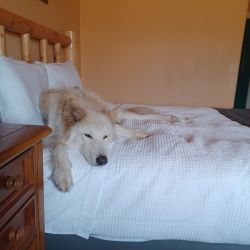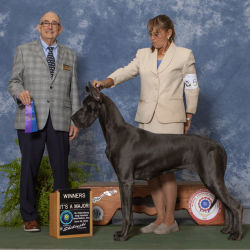Origins and Temperament
The American Bully is a relatively new breed, having been developed in the United States in the 1980s and 90s. Stemming from a mix of American Pit Bull Terriers and other bulldog-type breeds, American Bullies are known for their muscular build, courage, and friendly demeanor. Despite their intimidating appearance, they typically exhibit a gentle and affectionate temperament, thriving on close contact with their family. When it comes to travel, their social nature means they require additional attention and reassurance during trips to keep their anxiety levels in check.
Size and Physical Needs
Ranging from the more compact "Pocket" variety to the heavier "XL" category, American Bullies can weigh anywhere from 30 to 120 pounds. Their robust physicality demands daily exercise to maintain a healthy weight and emotional well-being. Transportation services should account for their size and strength, providing secure enclosures and ample space. Due to their short coats, they may need protection against extreme temperatures during transit, ensuring they remain comfortable regardless of the weather outside.
Common Health Considerations
American Bullies can face specific health challenges such as hip dysplasia, heart issues, and allergies. As a responsible transporter, it's imperative to equip yourself with their health history and necessary medication. Carrying up-to-date health documentation, including vaccination proof, is mandatory for interstate travel and in case of emergencies. Ensuring preventive measures, like flea and tick treatments, are up-to-date will add another layer of protection for a safe and healthy journey.
















